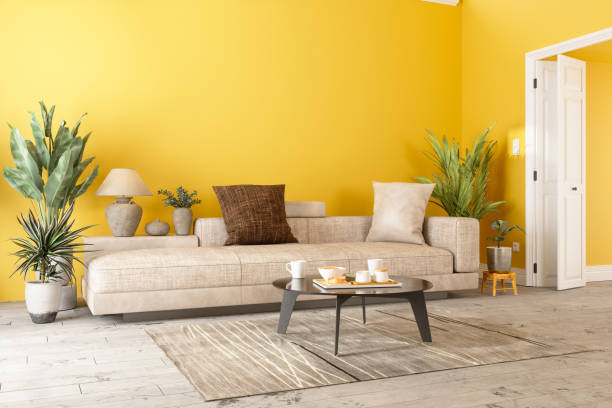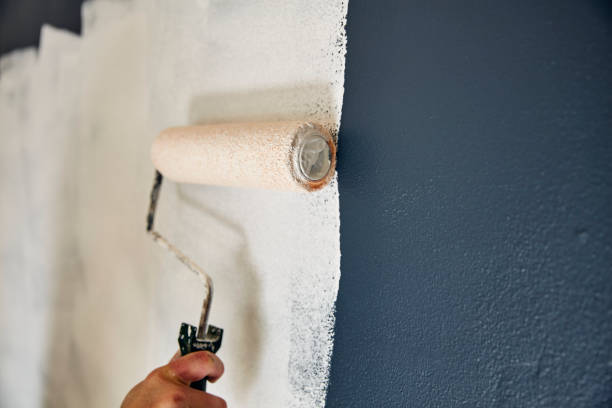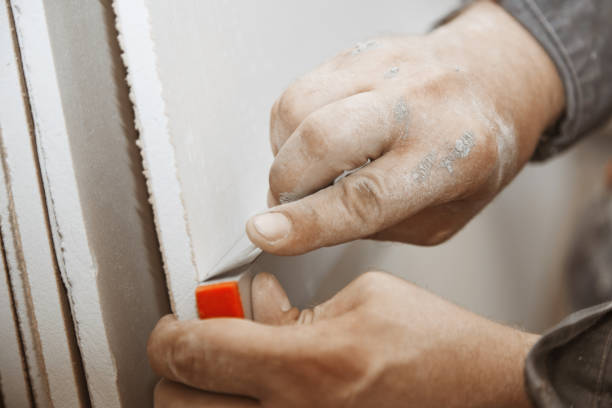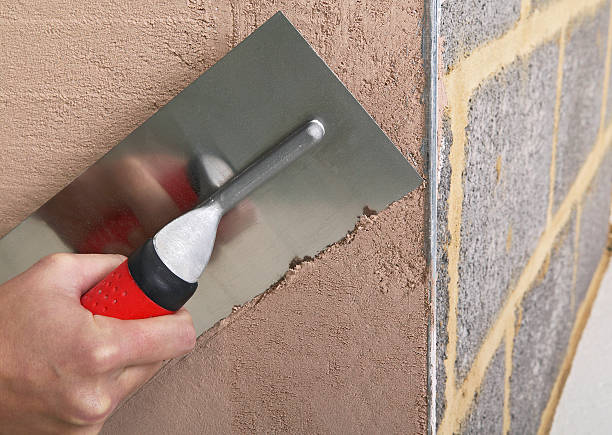
Starting to build requires money and you may worry that you don’t have enough resources to undertake your construction. The good news is that there are some tips to save before and during your construction, so you can reach your goal as soon as possible.
Tips to save money on the construction of your house
It does not matter if you are going to build everything at the same time or in parts, having a project in the future will make decisions easier to make.
Here are 3 great tips to help you save and get going:
1. Plan for the long term
Long-term planning will help you have more control over your work and its expenses, to avoid unpleasant surprises. For this you can do two things: define your project and make a budget.
Defining your project on paper will help you anticipate your needs, your tastes and your possibilities. A good project will help you calculate the land on which you are going to build, the amount of materials you need, the time it will take you and how many square meters you are going to build.
Speaking of square meters, having a defined project will allow you to see how the distribution of your construction will be and eliminate wasted spaces. This way you will not spend to build something that you will not use. On the contrary, you will be saving from the beginning.
Since you have defined your project, researching the price and the amount of materials that you are going to use will be easier. You will be able to make a budget taking into account what you have, what you want and what you need, and better plan your expenses.
The most important thing about having a budget before you start building is that you will be able to calculate what you are going to spend per square meter of your construction, which ranges from what is used for the foundations to the finishes.
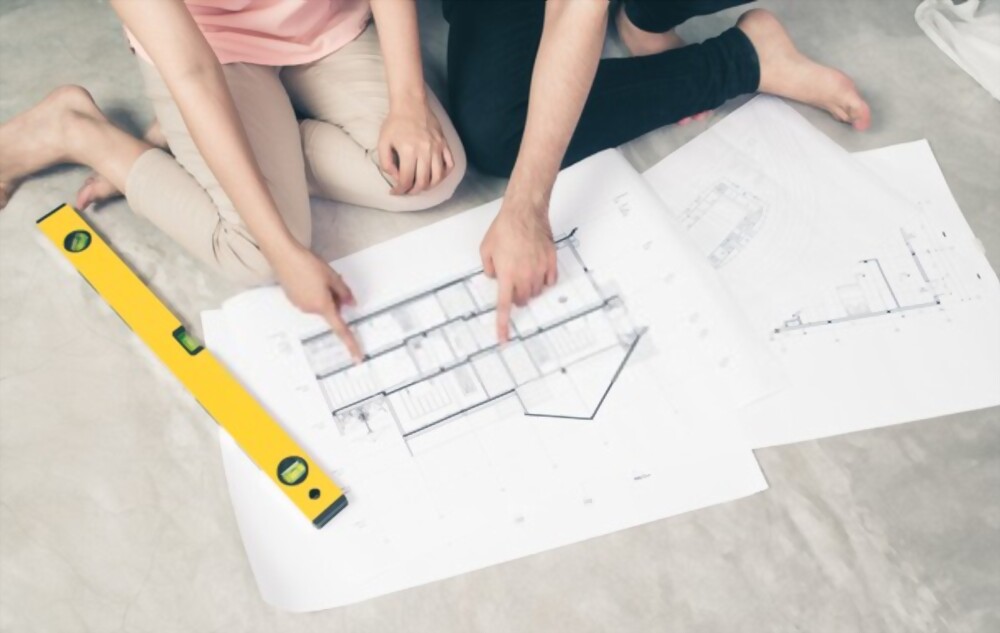
2. Leverage resources
Using materials in the best possible way is one of the best ways to save when building.
When you start to get the materials for your construction, a good idea is to buy in volume, since they are usually cheaper that way. And with good storage you can keep them safe while you use them.
Remember that when buying in volume you should only buy what you need. This way you don’t spend on things you won’t use.
We also suggest you invest in durable materials for your construction. At first it may seem like a major expense, but it is a saving over time, because you will need fewer repairs in your home.
It’s also a good idea to invest a bit more in your primary structures (foundations, castles, walls, and slabs) to ensure the solidity of your build. Strong structures can spare you some walls and gates. Think open common spaces, fewer walls and doors means less material to buy.
Build the spaces where appliances that consume water, such as the kitchen, bathroom or laundry rooms, are installed close to each other. This way you will need less plumbing material, and they can even share a wall.
Also think about the orientation of your construction to take better advantage of daylight and weather. You will use less electricity and you will be saving.
3. Schedule the job
Finally, it’s time to start building: schedule your work!
It is possible that the project you designed takes some time and you build it in stages. It is best to program it to see when you will need help and what stages of construction you can do yourself. With that you will know when to spend and when you can save, and you will have more control over the process and construction time to make the best decisions.
For example, working in stages means that you can use only one scaffold for your entire build, as you will know when and where it is needed. In the end, you can even reuse the wood.
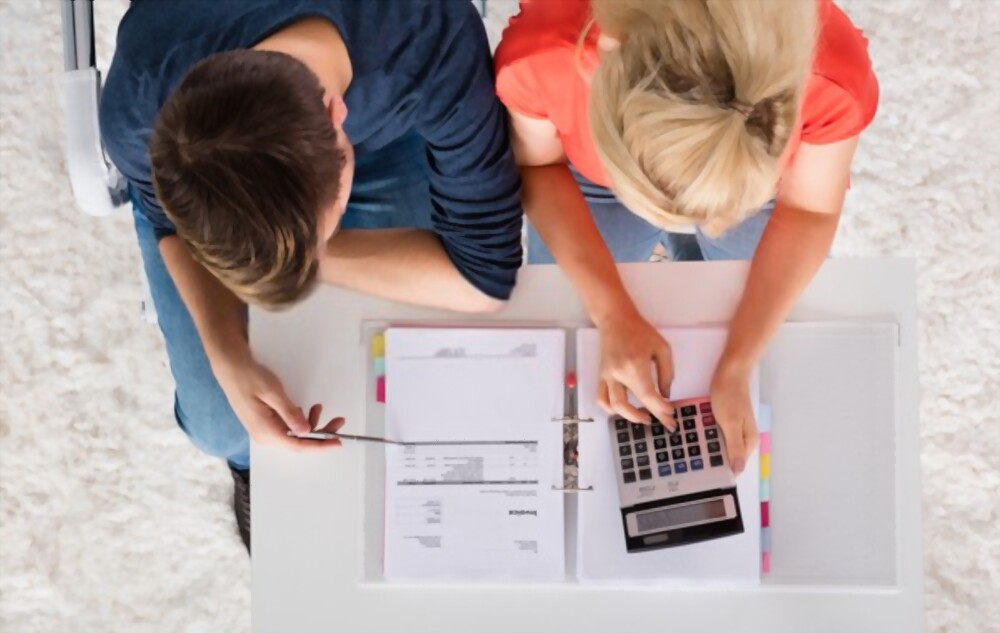
The important thing about planning is that it will help you to be prepared for the entire construction process, according to your needs, your tastes and your possibilities. Tell us, in what part of the process are you saving?

